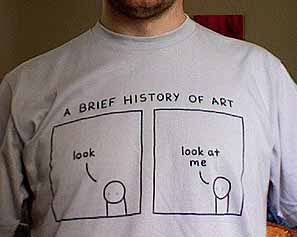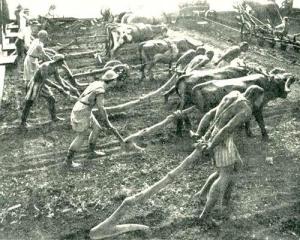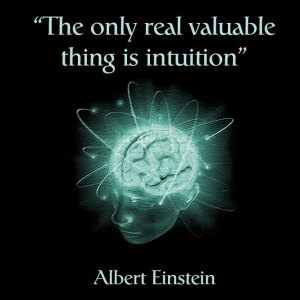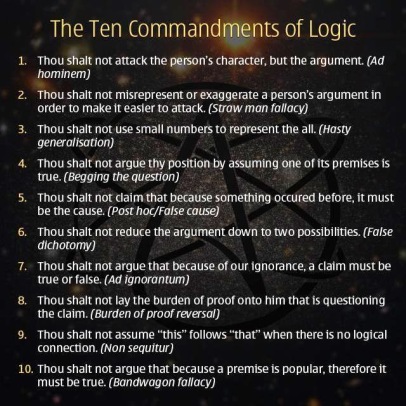It is my contention that the TOK course focuses too much on curriculum that is ‘out there’ and does not enable students to choose and use the right thinking tools to make sense of an increasingly complex and globalized world. I believe that there are many many useful ideas that students can learn and apply that will help them to be much better critical thinkers and to understand things much more deeply. This first session deals with three such ideas. The next session on Wednesday 20th April will deal with three more.
I once saw a comedian with cerebral palsy, who walked out onto a small stage in an inconsequential southern coastal town in the UK. He made his entry with the aid of a crutch and then threw it forcefully to the stage floor. After a skillful pause he pointed at it and said to the crowd ”There, look – it’s useless without me!” At the same time as being a jubilant – and humorous – act of defiance in the face of his condition, he spoke with depth about the reciprocal relationship we have with tools and, I think, ideas.
Whilst I aim for the ideas compiled here to be value free and neutral, (more of that later), we want them to be useful, but only through concrete application. These ideas are not ends in themselves, neither should they be seen as inert. They should be kept well oiled and never left neglected in your cognitive toolkit. They have no life without the people that wield them, no identity whilst idle.
If these are ideas are to give you any intellectual posture with which to face the world, then they must possess a dynamic that has relevance to a multitude of real life situations. If they are to be useful tools then they have to have a function and we need to be clear about what that is. When a photographer recognizes a scene or situation that they want to record they will deliberate about viewpoint and composition. They will take time to pick the right camera, lens or filter. The true photographer will elevate his or her work to the level of Art through these early decisions around their craft. Similarly we hope that these ideas will provide a repertoire of devices – a set of tools – to appraise the world.
‘Only code is binary’ (more of that later) and so we are not making any claims that these ideas will help you to make hard and fast decisions or to see the world as it really is. There are no panaceas for way-finding in complexity. I just hope that by transferring and applying some of the thinking herein, you can come to arrive at your own truths.
One thing that I hope these ideas do not become is a series of props to help those that want to feel more comfortable whilst sitting on the fence. Whilst the process of applying these ‘tools’ will often be a way of arbitrating between a multitude of conflicting views and variables, it should no way be seen as a way of justifying a median view. If these ‘cognitive tools’ do not help you to arrive at stances that you can hold with conviction, then I have failed miserably.
How did I decide which ideas to explore?
Criterion 1 – Only ideas that are applicable across all domains
Another criterion I decided to apply when drawing up this collection was one or trans-disciplinary application. In other words I believe that each idea here is relevant to all domains. I didn’t want the reader to be able to ascribe a particular discourse to each idea, nor to be able to compartmentalize any idea to anyone experiential sphere of life. It is true that some of the thinking here grew out of particular university departments, but when that is so, it does not mean that they are not applicable across all fields of human endeavour.
Criterion 2 – Chosen ideas have to be neutral and value free
Complete (or even partial) neutrality is únacheivable. We all have baggage! We all see the world not as it is, but as we are. And we are all socially and culturally constructed. Objectivity within this project is a stretch aim. I am being aspirational here and am committed to give this a go! Indulge and trust me on this – I needed to have this as a benchmark.
To that end I want to make sure that each idea must not serve anyone’s purpose or proffer a distinct world view. Furthermore I tried, at all times, to ensure that no concept discussed was based on any false premises or errant assumptions.
Criterion 3 – The ideas herein should be largely uncontested
Ultimately you, the reader, will be the judge of this! If you think any of the ideas I suggest are useful to you are non-reliable, unfounded or just downright crazy, then please let me know – or better still take the idea apart with a group of good friends over a drink. Prove me wrong – nothing would give me more pleasure! Understand that I am using these criteria to form the project’s purpose. I want the chosen ideas to be dependable and so have included only those that have evidence to prove their worth.
Criterion 4 – These ideas have to matter





